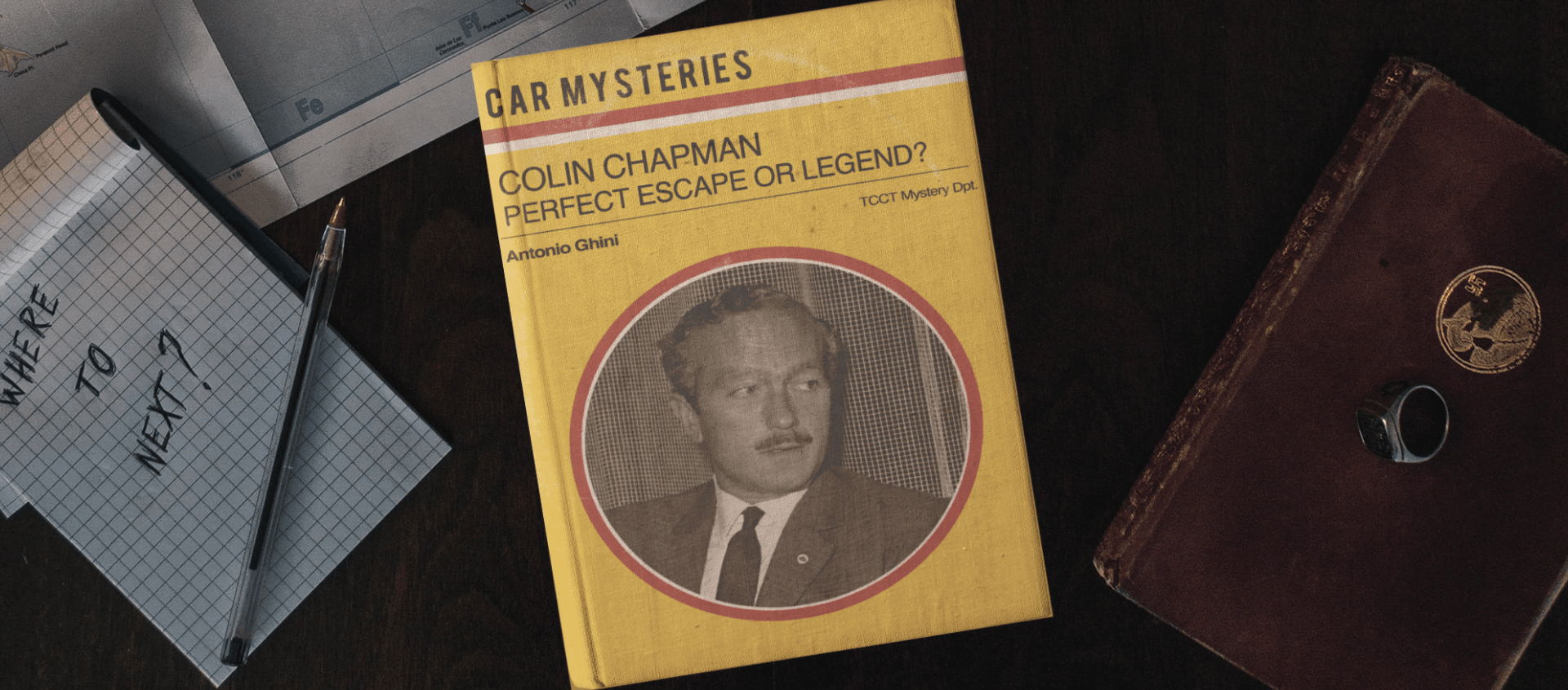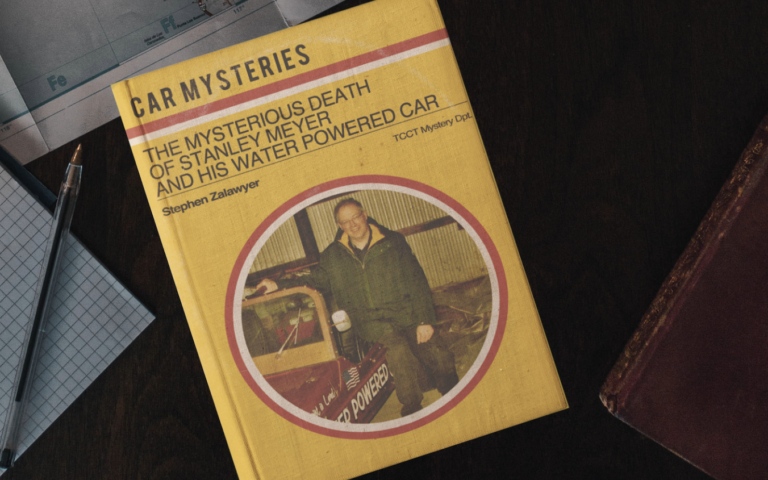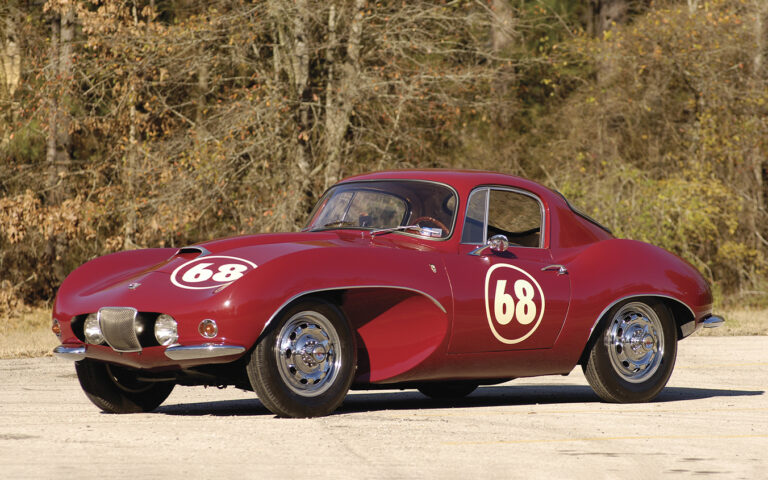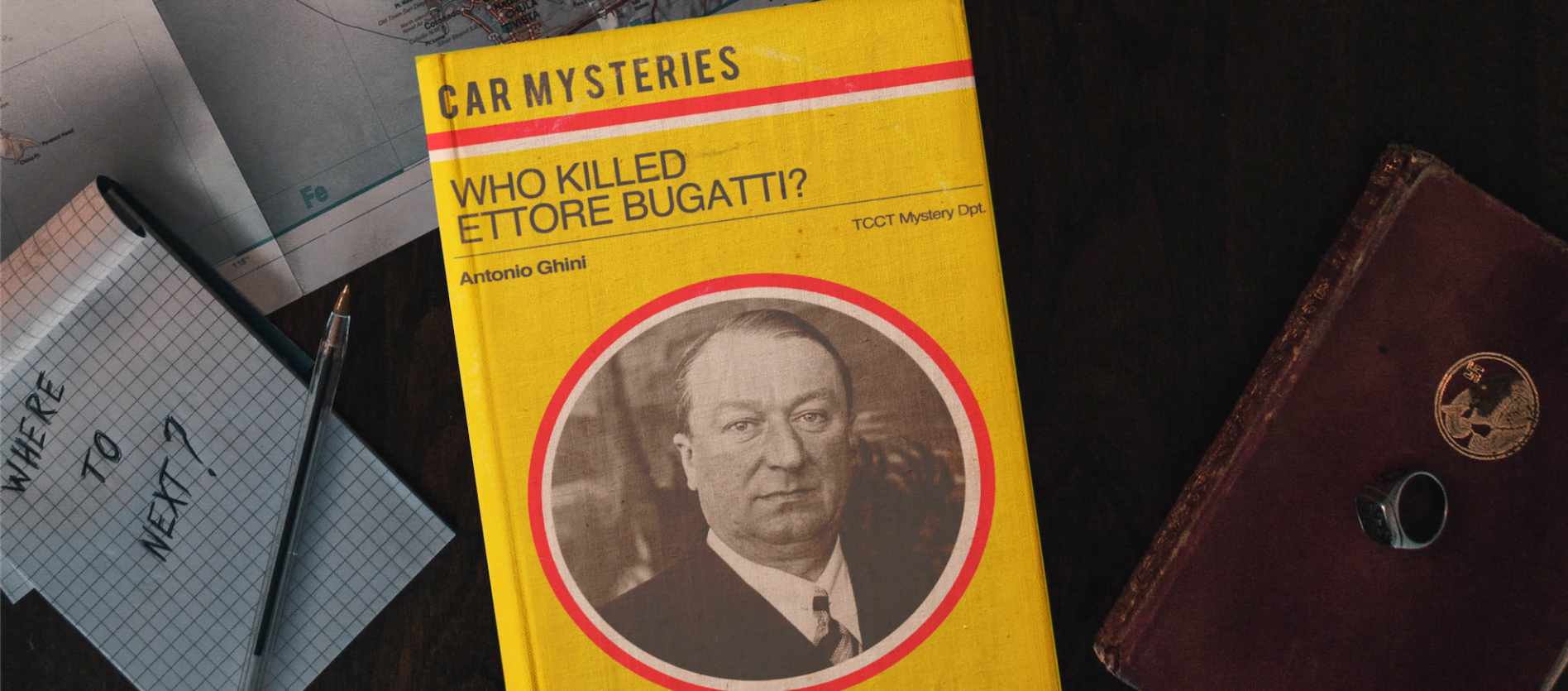The mystery of Colin Chapman's death, the man who created the Lotus
07 April 2020 2 min read 4 images

In 1978 Colin Chapman placed the seventh constructor’s trophy on his mantelpiece after becoming the highest-decorated manufacturer in Formula 1: at the time Enzo Ferrari had six, McLaren just one and Williams had yet to win a race. It was a period in which the Lotus brand reigned supreme and the prestige generated by these successes translated into abundant profits thanks in no small part to the lucrative sponsorships of the tobacco industry. A Formula 1 sponsorship he had invented in 1968.
Register to unlock this article
Signing up is free and gives you access to hundreds of articles and additional benefits. See what’s included in your free membership. See what's included in your free membership.
Already have an account? Log In


